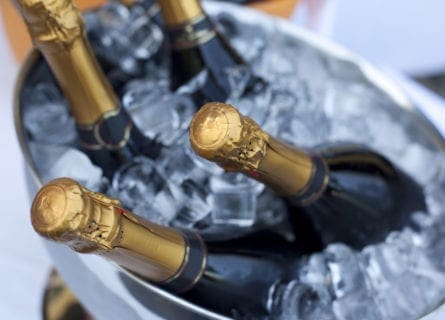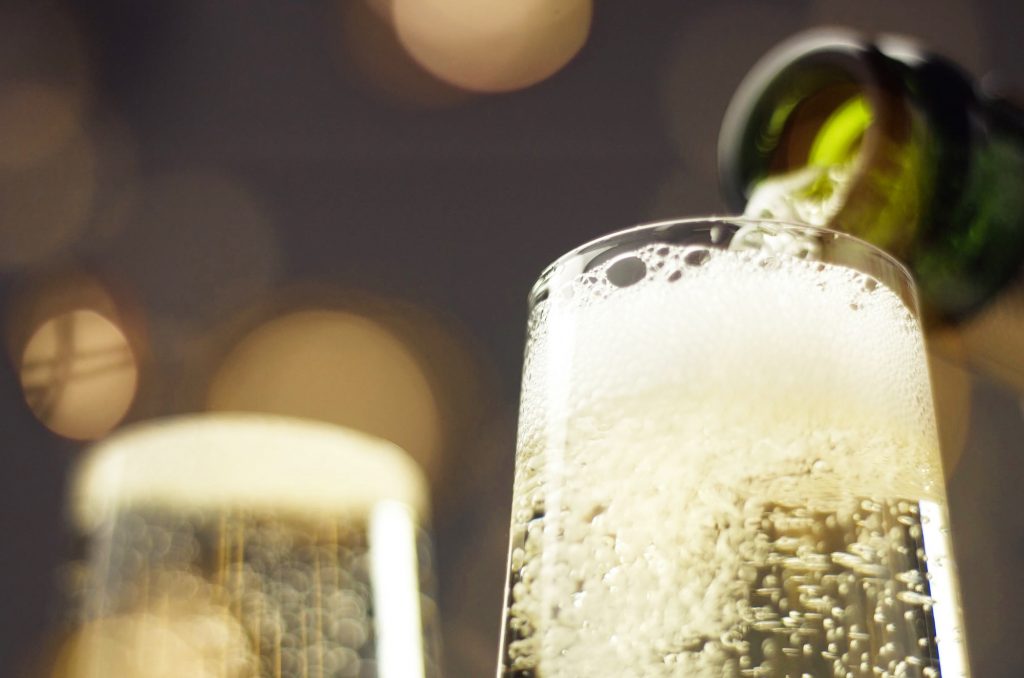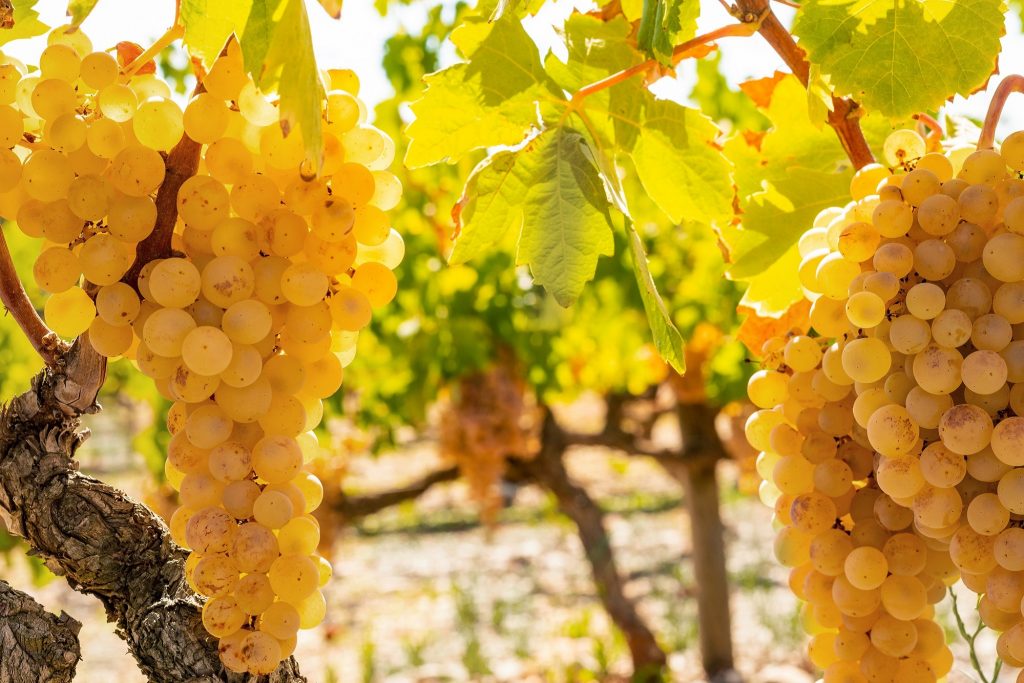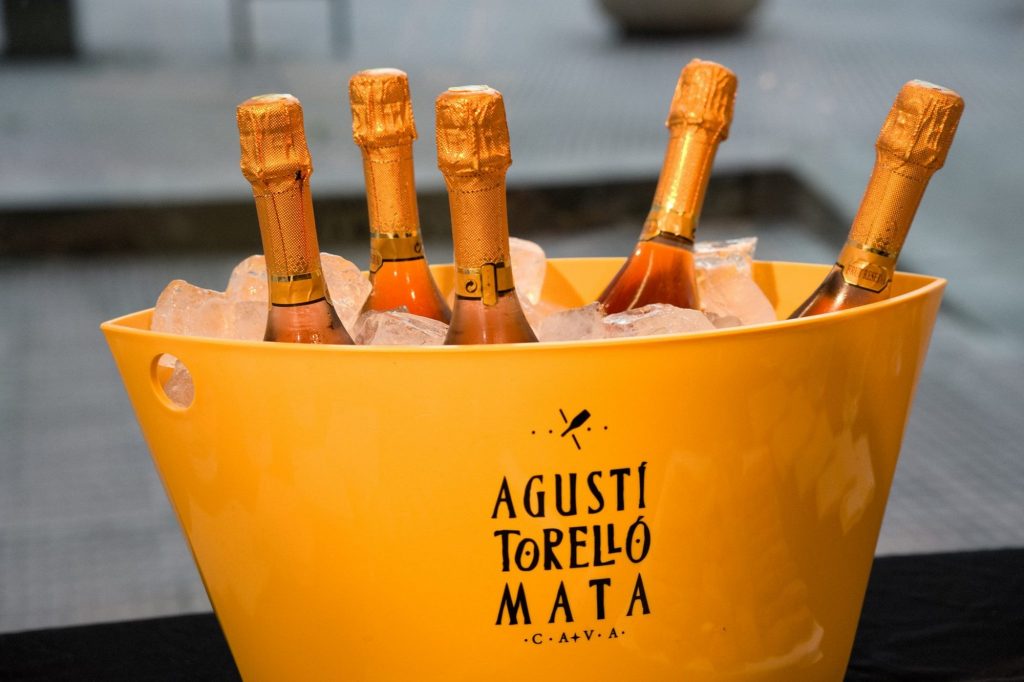
Best Champagne Houses to Visit
August 31, 2020
Sip & savor: Explore the best Champagne houses. Unveil elegance, bubbles & craftmanship. Cheers to extraordinary memories! 🍾Plan your visits today!
By: Nicole Indovino / Last updated: August 5, 2024
I love any opportunity to celebrate, whether a birthday, holiday, or getting together with old friends. Any occasion is a good one for sparkling wine. That being said, Champagne can be quite a splurge. That’s why I love Cava as my celebratory drink of choice. A Spanish sparkling wine, it is much closer in profile to Champagne than Prosecco, offering a fantastic value for its quality. Chef José Andres calls it “the best-kept secret in the world.” In this article, I will outline everything you need to know about Cava, including its production methods, how to select the right bottle, and the best ways to serve it.
Discover More About Spanish Wine

Sparkling wine arrived in Spain in the 1870s when Josep Reventós brought Champagne production methods back to his region of Spain, Catalunya. Not long after, Phylloxera, the vineyard plague, reached Spain. Catalan farmers were forced to rip out their vineyards, mainly planted with red wine varieties. Upon replanting, many local growers opted for indigenous white varieties that make refreshing sparkling wine, which gave them a unique style and rise to popularity throughout the 19th century. They named their product ‘cava’ after the caves where they store and age the wines, adding unique charm and history to it.
Catalunya hosts the heart of Cava production, specifically Penedès, right outside Barcelona. This area’s temperate climate and Mediterranean influence make it perfect for producing fresh, sparkling wines. However, the ‘D.O. Cava‘ designation is not limited to a specific region, allowing producers to make this sparkling wine in many of Spain’s wine regions, such as Rioja, Navarra, Valencia, Aragon, and Extremadura. Within Cava, different aging requirements and sweetness levels provide different profiles of the wine, all instilled and monitored by the Cava Regulatory Board to ensure quality.
In the past decade, Cava producers aiming for greater distinction and higher quality standards have established ‘Classic Penedés‘ and ‘Corpinnat‘ to regulate wine production alongside DO Cava. ‘Classic Penedés’ mandates that producers make Cava from 100% organic grapes grown in the DO Penedés and age for 15 months. ‘Corpinnat’ focuses more on the producer and comprises 11 estates within the DO Penedés, creating exceptional sparkling wines from organically grown grapes. The strong dedication to sustainability is a unique pride point for the region, and they are much further along in organics than Champagne.
Cava is made using the Methode Traditionelle (Traditional Method).
This technique matches the one used for Champagne, while Prosecco undergoes the second fermentation in a pressurized tank. The traditional method results in finer bubbles and structure that you won’t find in Prosecco, making Cava an excellent option for a more economical sparkling wine with high quality.

What differentiates Cava from Champagne are the grapes. In Champagne, the blend typically consists of Chardonnay, Pinot Noir, and Pinot Meunier. Cava commonly uses grape varieties native to the region, so in Penedés, the blend often consists of Macabeo, which adds floral aromatics; Xarel-lo, providing structure and body; and Parellada, which adds fruit and acidity. It wasn’t until 1986 that the Cava Regulatory Board permitted international varieties. Now, some Cava brands, especially some of the more prestigious ones, use Pinot Noir and Chardonnay in some of their wines, like Codorniu’s Gran Codorniu Chardonnay.
Within the world of Cava, there is a range of aging requirements and sweetness levels that give each wine a unique profile. Let’s start with aging, a key factor in Cava’s quality. As the wine matures and interacts with the lees, it develops smaller, more integrated bubbles, a finer texture, and complex aromas that are a hallmark of high-quality Cava.
Along with the various aging requirements and tiers of Cava, there is also categorization based on the level of sweetness. This doesn’t indicate quality but rather the style of the wine. Listed below are the types of Cava, from driest to sweetest, with their permitted sugar content.
Given all the information above, choosing a bottle of Cava might seem overwhelming. It’s a lot to handle between Cavas produced in different regions, Corpinnat, Classic Penedes, and the varying sweetness or aging requirements. If you are looking for a lighter, crisper style of sparkling wine, Cava de Guarda is the way to go with its bright citrus acidity and notes of stone fruits. If you want a more bodied, bready/nutty profile, a Reserva or Gran Reserva will provide a more complex profile due to the longer aging on the lees. Regarding sweetness level, Extra Brut and Brut Cavas will be your most versatile choices; however, depending on what you are eating, try a sweeter or dryer bottle.
Another factor to consider is vintage. Jose María Ferrer, the owner of Familia Ferrer, joked in an article with SevenFiftyDaily that “We used to say that the difference between Champagne and Cava is that Champagne has a very exceptional vintage every ten years, but with Cava, it’s the other way around; we have a bad vintage every ten years.” However, this is changing with the onset of climate change with droughts and unexpected weather events. He goes on to say that he is excited about the challenge of expressing the harvest conditions in each vintage of Cava, treating it more like a wine than a sparkling. You will also find some Cavas that are ‘non-vintage,’ meaning a blend of wines from several years. These are often cheaper, un-aged options with light profiles.

Properly storing your Cava will make it that much better once you are ready to enjoy it. Ideally, you should store Cava at 50 to 60ºF (10-15ºC) in a place with minimal light and little vibration. Additionally, if you are storing the Cava long term, we recommend storing the bottle on its side instead of upright so that the cork does not dry out.
How long should you store Cava? That depends! Due to the aging requirements, Cavas are released to market when they are ready to be consumed, so there isn’t a real need to age your bottles at home. However, if you are interested in aging Cava, you should do so in ideal conditions and with a quality bottle.
Before serving Cava, chilling it is a great idea, even if it’s been in a fridge. I recommend filling a bucket, half with ice and half with water, and chilling the bottle for 15 minutes. Next is choosing the appropriate glassware. I think the best glassware is simply the one you enjoy using most. If a champagne flute or coup makes you feel celebratory, by all means, use those. However, if you want to appreciate further the aromatics of the wine, a ‘tulip’ wine glass is the ideal choice, as the narrow bottom retains the bubbles, and the wider top allows for more aromas. A standard wine glass also works for this! In the end, use what you have and what you like!
Another fun way to serve Cava is in a cocktail! Its light, crisp profile makes it the perfect bubbly component that does not compete too heavily with the spirits and other elements of the drink. I love using Cava when making a French 75 or an Old Cuban. Another Spanish option is Aigua de València, which combines fresh-squeezed orange juice, Cava, vodka, and gin. It’s like a mimosa but packs a serious punch.
A wonderful thing about Cava is that it pairs well with just about anything, especially with foods that are more difficult to pair with wine. For example, an Extra Seco Cava can pair deliciously with spicy South Asian cuisine. Seafood and Cava are an incredible match; the acidity pairs perfectly with oysters or classic Spanish tapas like ‘pulpo al gallego‘ or ‘gambas al ajillo.’ It can also be a great dessert pairing or even with brunch food.
While special moments call for sparkling wine, you can and should enjoy Cava on many more occasions. Its versatility allows for casual sipping as a light and refreshing drink on a hot day or as a serious wine to pair with an elegant dish. Moreover, because its price point is more reasonable than Champagne’s, you can consume it more frequently and freely, even in a cocktail!
Cava is an incredible sparkling wine for any occasion. There are many options, whether a picnic in the park or an extraordinary celebration. The terroir-driven Corpinnats and Classic Penedes showcase Spain’s excellence in winemaking, and the variety of Cavas, in quality, price, and flavor profile, make it easy to choose the right bottle for any moment.
References:
If you would like us to customize an exclusive luxury tour, contact us and let us know your travel plans. We offer luxury food and wine tours for private groups of a minimum two guests. In addition, all of our private, chauffeured tours are available year-round upon request.

